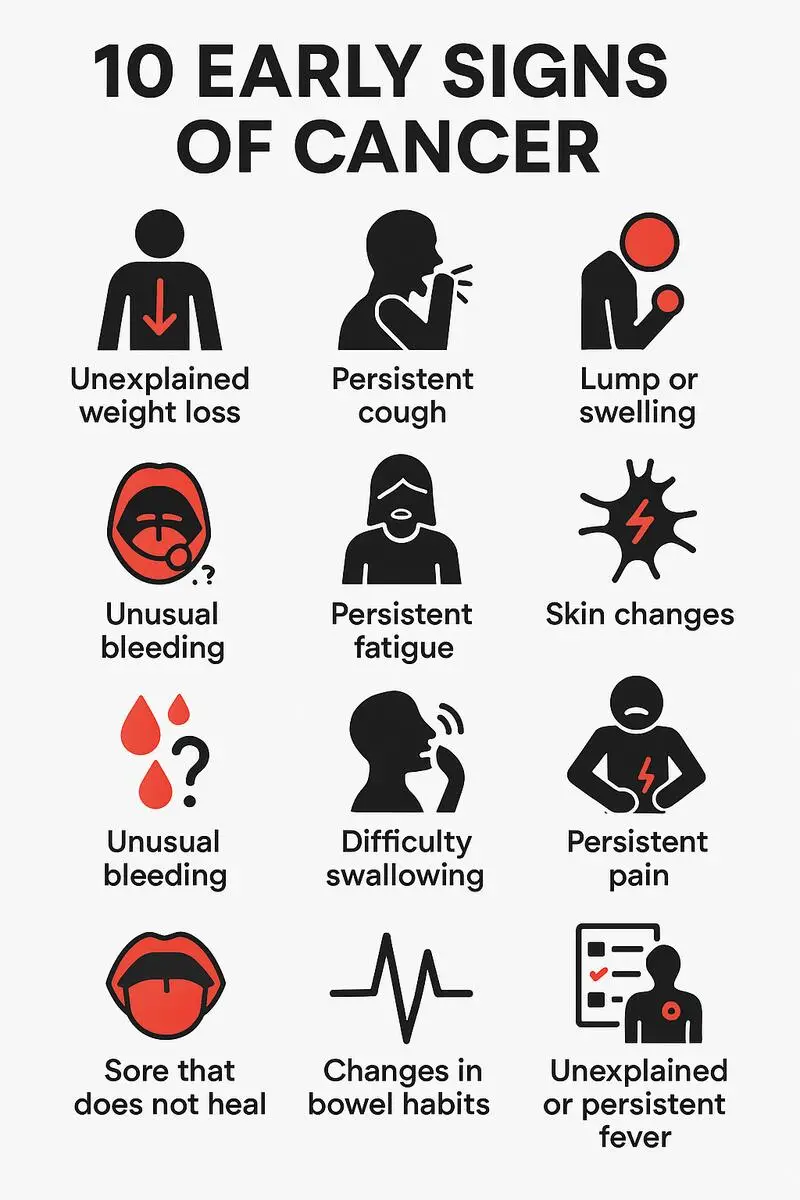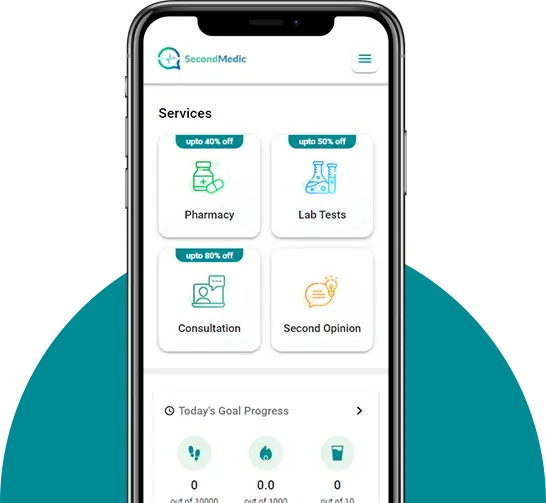- Published on: Mar 19, 2022
- 3 minute read
- By: Second Medic Expert
ADD Vs ADHD: Symptoms, Causes, Diagnosis & Treatment
ADD and ADHD are both mental disorders that affect children and adults. Symptoms of ADD include trouble focusing, impulsiveness, and hyperactivity. Symptoms of ADHD include all of the symptoms of ADD plus restlessness, being easily bored, and fidgeting. Causes of both ADD and ADHD are unknown but may be due to a combination of genetic and environmental factors. Diagnosis is made by a qualified professional using criteria set forth in the Diagnostic and Statistical Manual of Mental Disorders (DSM). Treatment for both ADD and ADHD often includes medication, counseling, behavior therapy, and/or educational interventions.
Both are characterized by problems with focus, hyperactivity, and impulsiveness. Both conditions can cause difficulties in school, work, and social situations. The main difference between the two is that people with ADD have trouble sustaining attention, while people with ADHD are often overly restless and impulsive. Treatment for both conditions typically involves medication, counseling, and behavioral therapy.
There are a few key differences between ADD and ADHD. For one, symptoms of ADD tend to be more subtle than those of ADHD. People with ADD may have trouble focusing and paying attention, but they don't tend to be hyperactive or impulsive like those with ADHD. Additionally, the symptoms of ADD usually first appear in childhood, whereas the symptoms of ADHD often don't surface until adolescence or adulthood. Finally, while there is no cure for either condition, there are effective treatments available for both ADD and ADHD. If you think you or your child may have either condition, it's important to see a qualified mental health professional for an accurate diagnosis and treatment plan.
There are a few key differences between ADD and ADHD.ADD is characterized by problems with focus, while ADHD is characterized by problems with both focus and hyperactivity/impulsivity.ADD often goes undiagnosed because it can be mistaken for laziness or inattentiveness, while ADHD is more likely to be diagnosed due to its hyperactive symptoms.The cause of ADD is unknown, but it is believed to be neurobiological. The cause of ADHD is also unknown, but it is believed to be a combination of genetic and environmental factors. There is no specific test for either ADD or ADHD, but diagnosis usually involves a comprehensive evaluation by a mental health professional. Treatment for both conditions typically includes medication and behavioral therapy.
The main difference between Attention Deficit Disorder (ADD) and Attention Deficit Hyperactivity Disorder (ADHD) is that people with ADD are less likely to be hyperactive than those with ADHD. Both disorders share some common symptoms, such as problems with concentration and impulsiveness. However, ADHD is generally considered to be a more severe condition. Diagnosing either disorder can be difficult, as symptoms may vary from person to person. Treatment for both conditions typically includes medication and behavioral therapy.
ADD and ADHD are both neurological disorders that affect children and adults. The main difference between the two is that ADHD is a more severe form of the disorder. Symptoms of ADD include difficulty paying attention, disorganization, and forgetfulness. Symptoms of ADHD include impulsiveness, hyperactivity, and restlessness. Causes of ADD and ADHD are unknown but may be due to genetic or environmental factors. Diagnosis is made by a mental health professional based on symptoms and family history. Treatment for ADD and ADHD includes medication, psychotherapy, and behavior modification.
There are a few key differences between ADD and ADHD. First, ADHD is a diagnosis that can only be made by a qualified medical professional. ADD is not a formal diagnosis, but is often used to describe people who have attentional difficulties. Second, people with ADHD often have problems with impulsivity and hyperactivity, while those with ADD tend to be more withdrawn and daydreamy. Finally, the treatment for ADHD typically includes medication, while the treatment for ADD usually focuses on behavioral therapy and lifestyle changes.
There are a few key differences between ADD and ADHD. First, ADHD is a diagnosis that can only be made by a qualified mental health professional. ADD can be diagnosed by a general practitioner. Second, symptoms of ADHD tend to be more severe and impactful than those of ADD. Finally, treatment for ADHD typically includes medication, while treatment for ADD may not.
Both ADD and ADHD share some common symptoms, including difficulty paying attention, impulsiveness, and hyperactivity. However, symptoms of ADHD are usually more pronounced and tend to cause more problems in daily life. For example, someone with ADHD may have trouble sitting still in class or at work, whereas someone with ADD may be able to sit still but daydream or
ADHD is a neurodevelopmental disorder that affects both children and adults. It's marked by problems with focus, hyperactivity, and impulsiveness. There's no one-size-fits-all answer to the question of what causes ADHD, but research suggests that it may be caused by a combination of genes and environmental factors.
There's no single test to diagnose ADHD, but doctors typically use a variety of tests and assessments to make a diagnosis. Treatment for ADHD usually includes medication and/or therapy. ADHD is caused by genetics and environmental factors, and it can be diagnosed through a series of tests by a mental health professional. There is no one-size-fits-all treatment for ADHD, because the disorder can manifest in different ways in different people. However, some common treatments include medication, therapy, and lifestyle changes like exercise and diet. The most common cause of ADHD is genetics - it's believed that around 50% of cases are caused by genetic factors. However, environmental factors can also play a role in causing ADHD, such as exposure to lead or other toxins. If you think you or your child may have ADHD, it's important to consult with a doctor for a diagnosis. Treatment options for ADHD include medication, therapy, and lifestyle changes. There can be a lot of variation in symptoms since ADD can look a lot like other disorders, such as anxiety or depression. It's also possible to have symptoms that are not associated with ADD at all. Some common symptoms include difficulty paying attention, impulsiveness, and hyperactivity.
The diagnosis of ADHD can be made by a mental health professional based on a person's symptoms and medical history. There is no single test for ADHD, but various tests may be used to rule out other conditions that may have similar symptoms.









